As 777 winds down, Hudbay looks to Lalor
For nearly a century – 90 years in December, to be precise – Hudbay Minerals has been the cornerstone and lifeblood of the northern Manitoba community of Flin Flon. But change is coming to this quintessential one-industry, resource-based Canadian town.
In 2020, Hudbay is scheduled to close the 777 mine – its only remaining mining operation in the immediate vicinity of Flin Flon.
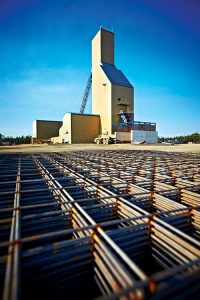
The Lalor headframe during project construction. Credit: Hudbay Minerals.
Meantime, the company is continuing to develop and expand its base and precious metal Lalor mine, which began producing in late 2014 and is located in Snow Lake, 215 km east of Flin Flon.
“We have undertaken a program of re-evaluating exploration opportunities with the Flin Flon area,” says Cashel Meagher, Hudbay’s senior vice-president and chief operating officer. “The obvious future in northern Manitoba will divert from Flin Flon to Lalor. We want to perpetuate the life of the Lalor mine.”
In fact, the potential at Lalor has continued to increase since Hudbay launched an aggressive exploration program in 2007. The company drilled 180 holes from surface and identified a sizeable deposit of ore-grade material – zinc on top, copper beneath it and a halo of contact gold beneath the copper.
Hudbay then built a 3-km-long ramp from the bottom of its Chisel North mine to the Lalor deposit and launched an underground exploration program from a depth of 1,025 metres below surface.
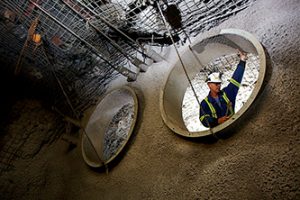
Bulkhead at the Lalor project in 2013. Credit: Hudbay Minerals.
That led to the discovery of a non-contact gold zone large enough to support a small mine in itself. It also allowed the company to increase the estimated size of the deposit to 20 million tonnes of resources, inclusive of reserves.
Lalor currently has proven and probable reserves of 14.2 million tonnes grading 5.12% zinc, 0.69% copper, 2.61 g/t gold and 26.5 g/t silver.
“This is biggest deposit in the Snow Lake area and probably the second or third biggest in the Flin Flon camp itself,” Meagher says.
Maximizing production
The company’s key challenge now is to maximize production. The hoist at Lalor is capable of lifting 6,000 tonnes of ore per day to surface.
Ideally, that would consist of 4,500 tonnes from the base metal zone and a separate stream of 1,500 tonnes of gold-bearing ore.
At the moment, however, production is averaging about 3,300 tonnes per day and is constrained by the processing capacity at surface. In 2014, Hudbay refurbished its Snow lake concentrator to handle Lalor ore. It was built to process ore from the now defunct Stall mine and was designed to handle 2,700 tonnes per day.
Meagher says the company has considered two options in order to boost production at Lalor – building a new concentrator or increasing the capacity of the Snow Lake facility. It has opted for the latter.
“We’re up to around 3,300 or 3,400 tonnes per day now and our goal this year is to increase the Stall concentrator’s capacity to 4,500 per day,” Meagher says. “We’re confident we can achieve that with some modifications to our flotation circuit, our filtration circuit and our conveyance and crushing circuits.”
Meantime, the company has continued to explore the non-contact gold zone and has extracted the equivalent of 37,000 tonnes in bulk samples. “The gold is rather deep and might not make it as a mine with its own infrastructure,” Cashel says. “But we believe it will make it by piggybacking on the base metal mine.”
New capacity The company realized it would need milling capacity to handle ore from the gold zone and, again, faced a choice – build from scratch or acquire an existing facility. As it happened, the nearby New Britannia mill was available. Hudbay purchased it from the Toronto-based junior QMX Gold in May 2015 for $12.5 million cash and a $5-million contingency payment. Hudbay also got the mine itself, which has operated from 1949 to 1958 and again from 1995 to 2005, as well as 43 mineral claims totaling 48.4 sq. km.
For now, the company is immersed in engineering studies to determine what it will take and how much it will cost to refurbish the mill, which was designed to handle 2,000 tonnes per day of ore. A decision is also pending on when and whether to begin producing the non-contact gold deposit.
Suffice to say, Lalor remains a work in progress, but it has already made a world of difference to the town of Snow Lake.
“The impact has been incredible,” says Gerard Lamontagne, co-owner of the Snow Lake Motor Inn and president of the local Chamber of Commerce. “It’s started to bring prosperity back to the region.”
Back in Flin Flon, where the boom began nearly a century ago, the outlook is less optimistic.
“Mining is who we are,” says Dianne Russell, general manager of radio station CFAR and president of the local Chamber of Commerce. “The impact of everything Hudbay does is huge in Flin Flon. No matter what they do in the future, it doesn’t feel as comfortable as it has in the past.”
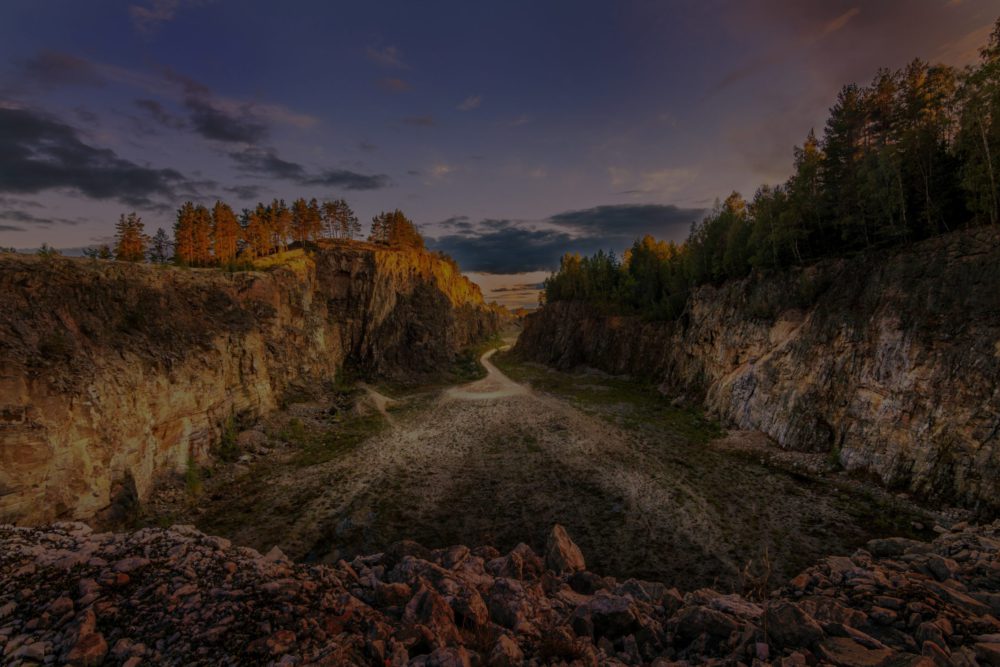
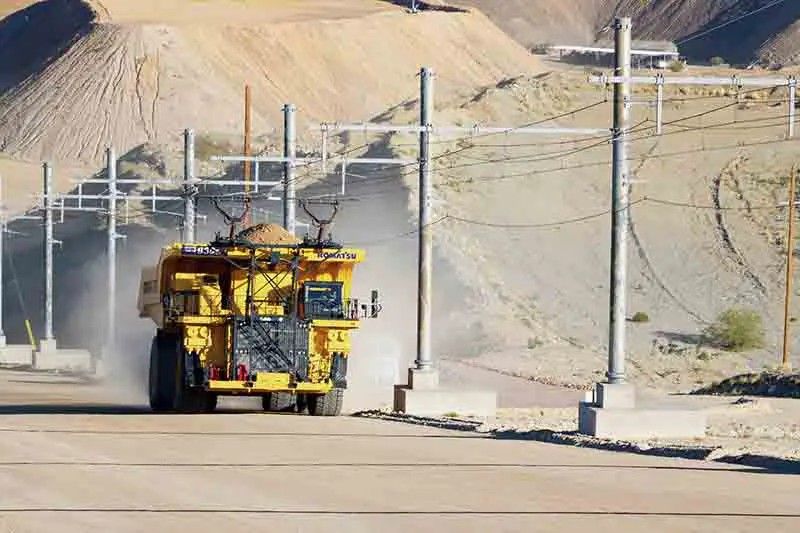
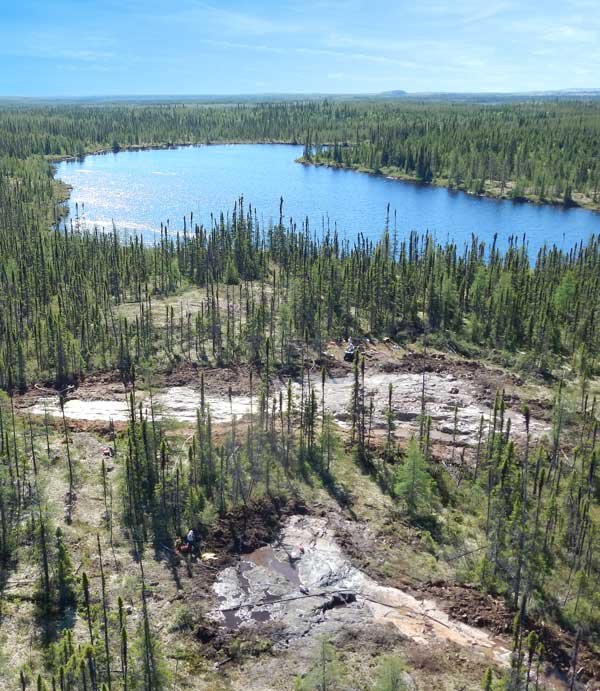
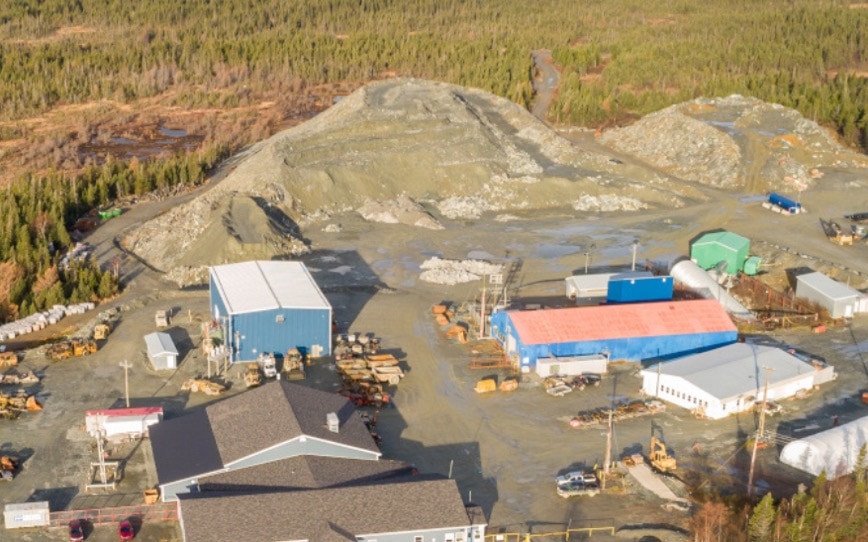
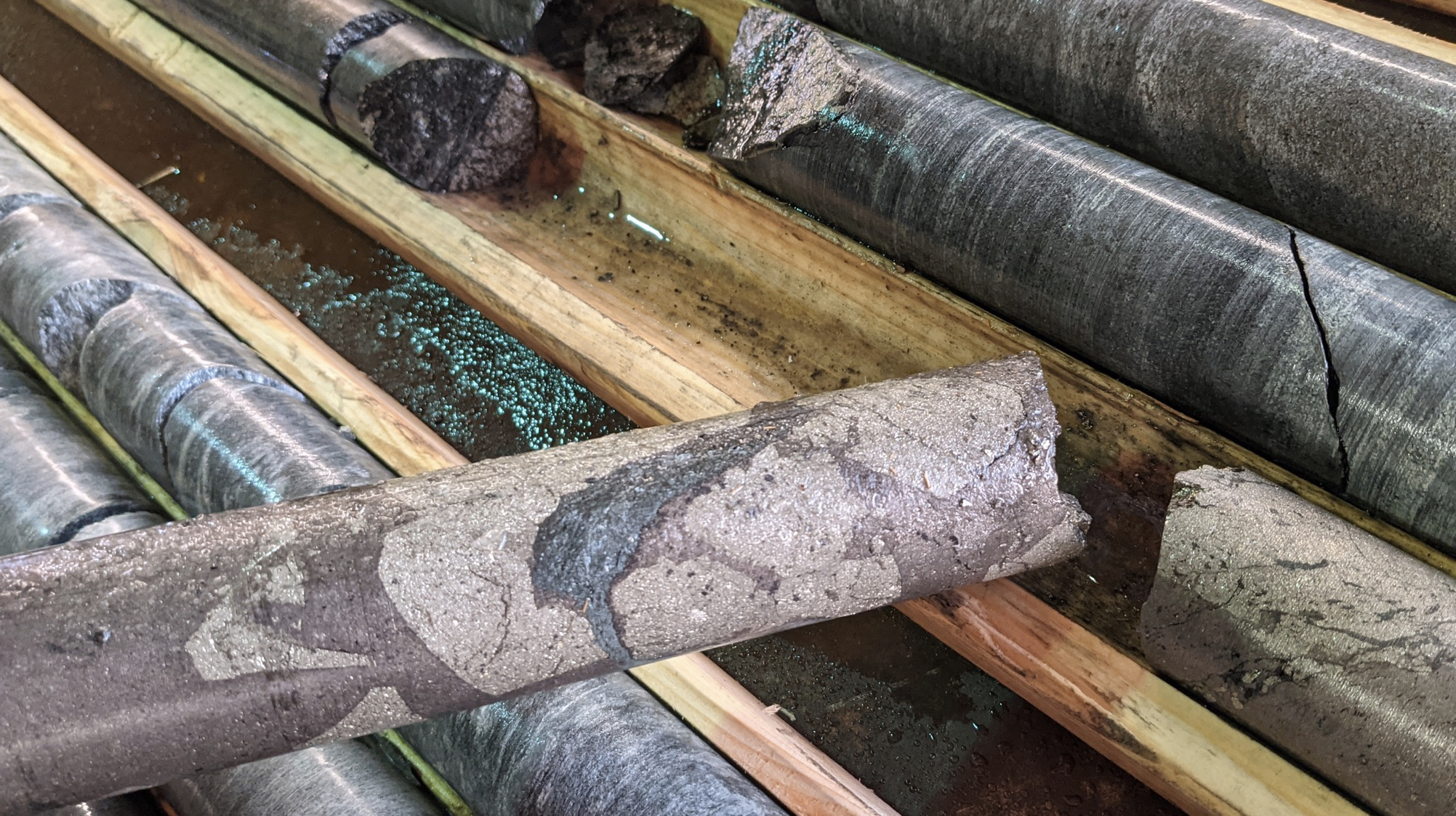
Comments
Michael
Hudbay showing questionable business tactic. Why is Hudbay Minerals refusing to partner with or exchange detailed processing costs to potential junior miners in the Flin Flon Greenstone Belt region? Many junior groups are looking to Flin Flon Mill for ore processing of potential wealthy ore bodies in the near vicinity of the Flin Flon concentrator yet Hudbay is refusing to even entertain said deposits due to their immediate locale to Flin Flon itself. It appears almost as if Hudbay is deliberately ignoring rich deposits under it’s feet in order to kill the local refinery. Is this possibly a union busting tactic? HBM&S was/is the heartblood of Hudbay. Hudbay Flin Flon until recent years (Peru) was the sole financial provider of Hudbay’s wealth and power and now they are treating the local refinery and 1,250+ workers as disposable commodities. They are attempting open heart surgery on themselves without anesthesia.